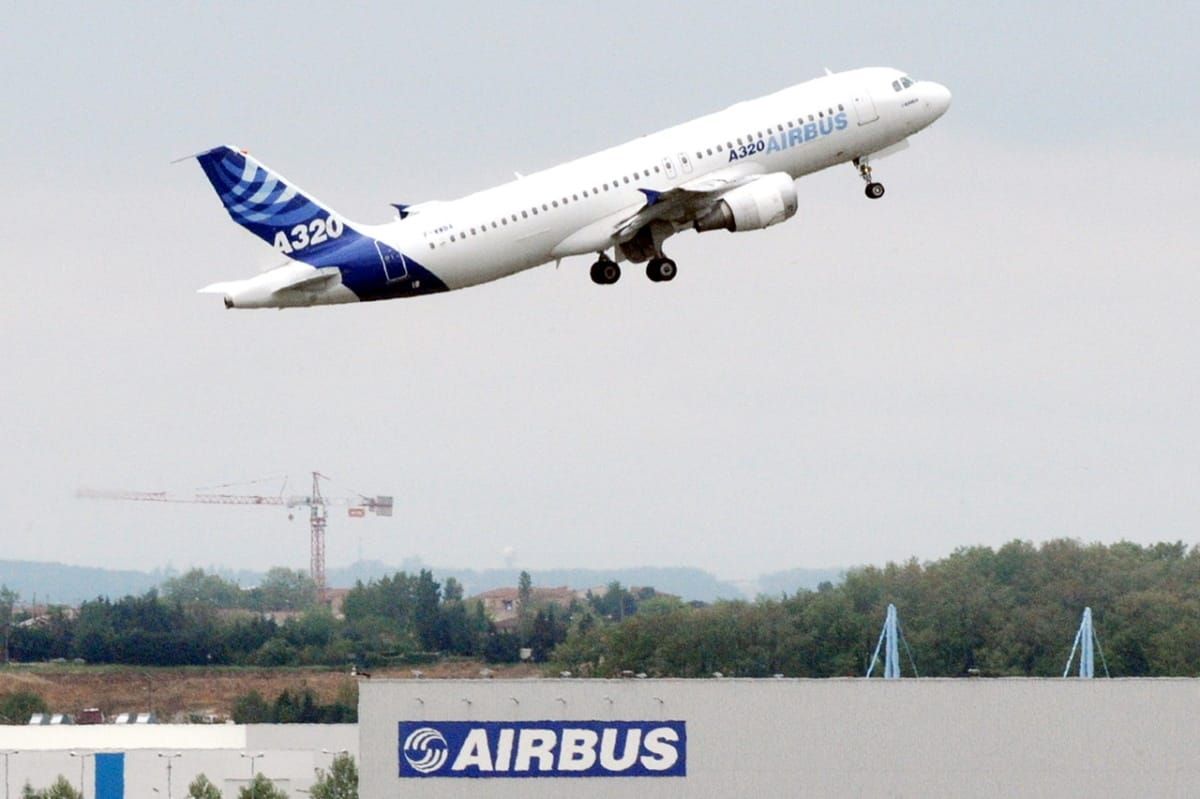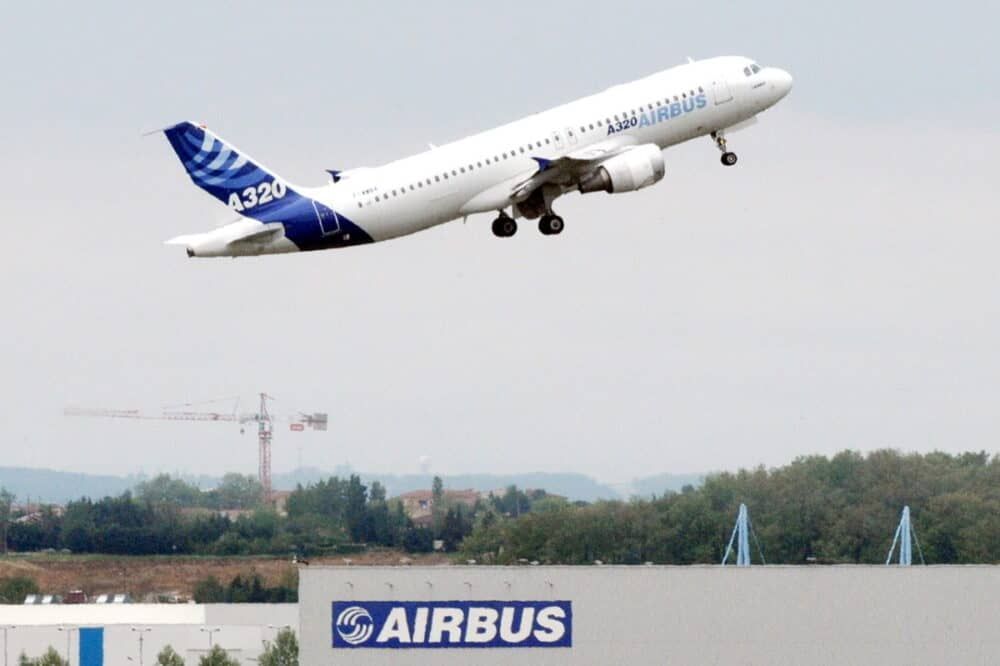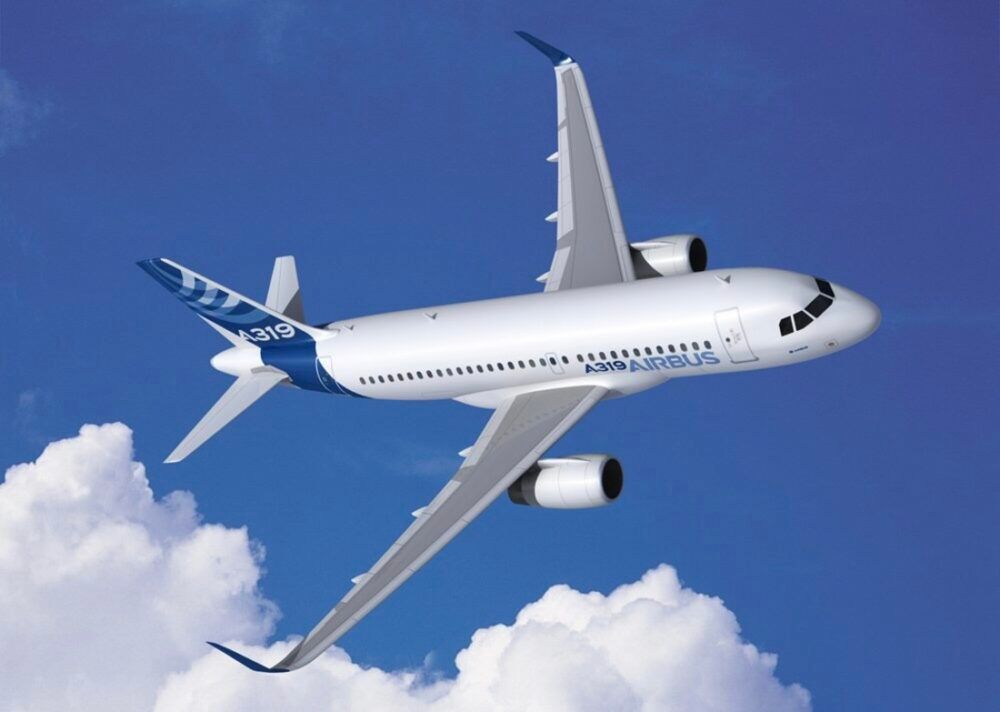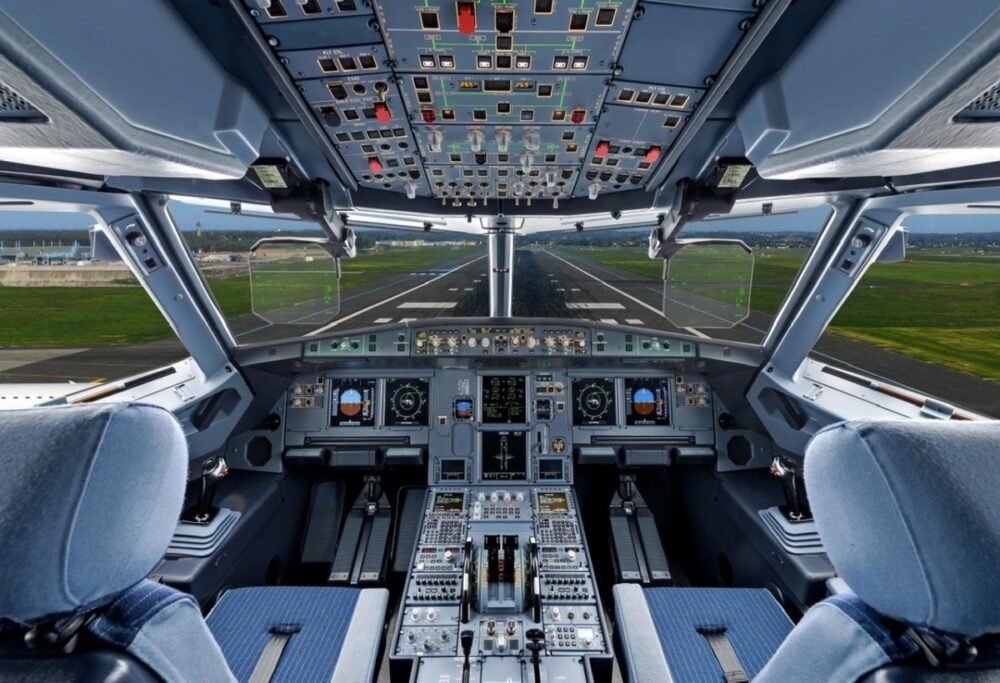The Federal Aviation Administration (FAA) has announced that it is adopting a new airworthiness directive (AD) for certain Airbus A320 family aircraft. The group estimates that the notification affects 1,203 planes of United States registry.
The concern
An AD is a notification to owners and operators that there is a safety deficiency with a specific model of aircraft or a system part of it. Moreover, the holder must address the issue. According to an FAA document, this directive impacts jets across A318, A319, A320, and A321 models.
The directive mentions the following planes:
- A318-111, -112, -121, and -122
- A319-111, -112, -113, -114, -115, -131, -132, and -133
- A320-211, -212, -214, -216, -231, -232, and -233
- A321-111, -112, -131, -211, -212, -213, -231, and -232
The FAA said that there were reports of fatigue cracks on continuity fittings at the lower framing of the front windshield on aircraft that had a certain production modification. Furthermore, following analysis, it is evident that specific certification requirements for damage tolerance and fatigue are not met on planes in a particular post-production modification configuration.
Fixing the issue
The FAA says that the AD requires repetitive high frequency eddy current (HFEC) inspections of the central node windshield area for cracking. Moreover, if operators do find cracking, they have to perform the necessary corrective measures.
Stay informed: Sign up for our daily aviation news digest.
These actions are specified in a European Union Aviation Safety Agency (EASA) AD. The FAA incorporated these details into the document for reference. Overall, the government body is sharing this directive due to the unsafe condition on these units
"The FAA is issuing this AD to address fatigue cracks on continuity fittings at the lower framing of the front windshield on airplanes on which Airbus Production Modification 22058 (which is included in Airbus Modification 21999) has been embodied," the FAA said in the document.
"Additional analysis showed that certain certification requirements for damage tolerance and fatigue are not met on airplanes in a post-production Modification 22058 configuration. The FAA is issuing this AD to address this condition, which could lead to failure of the continuity fittings at the lower node of the windshield central frame, possibly resulting in decompression of the airplane and injury to occupants."
Inspections across the nation
Most major US carriers presently have several A320 family aircraft within their fleets. Therefore, across the country, there will be some busy workers addressing these concerns in the directive.
Earlier this month, the FAA shared a notice of proposed rulemaking (NPRM) for an airworthiness directive on the Boeing 737 MAX. This release is just one of many steps in getting jet in the skies for passenger operations. The type has been on the ground since March 2019.
Nonetheless, airlines will be taking any of these airworthiness directives seriously. Undoubtedly, they will be ensuring that they exercise the right course of action as soon as possible.
What are your thoughts about this FAA airworthiness directive? Does this update surprise you? Let us know what you think of the situation in the comment section.




